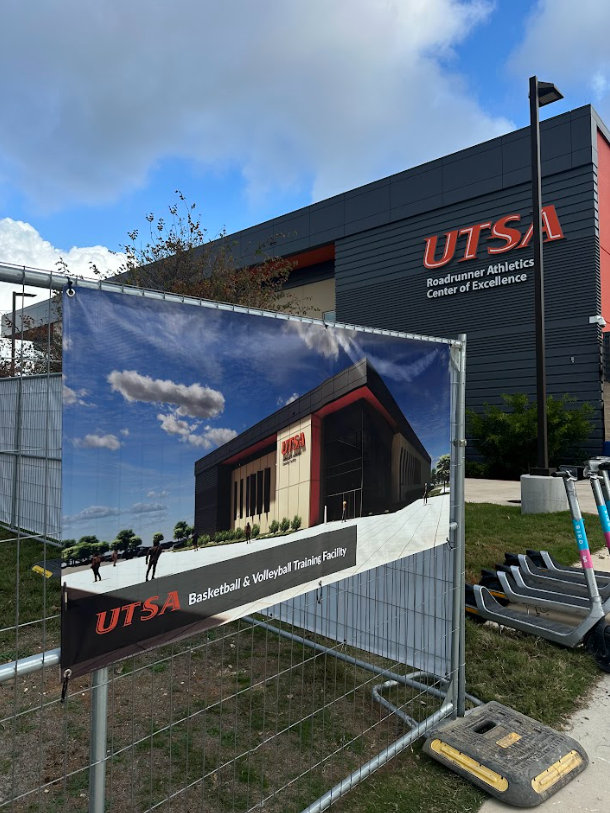

Many universities around the nation are taking initiatives to promote greener campuses. UTSA is no exception. Beginning in Summer of 2012, UTSA printers will automatically print double-sided pages as opposed to traditional single-sided printing, effectively reducing the amount of paper used by nearly half and yielding significant economic benefit.
Initially, the issue was brought up by UTSA’s Office of Information Technology (OIT) as a way to save money without creating a hindrance for students. However, in order to implement the change—which would affect students’ day-to-day lives—OIT had to seek the blessing of the Student Government Association (SGA) and the Faculty Senate. With the consent of these two organizations, OIT made sure this was a favorable change among students and faculty.
The bill was written by SGA members Travis Jourdan, Merced Carbajal and Kort Jackson. Jourdan and Carbajal also serve as presidents of two campus environmental groups, The Movement and The Green Society respectively. The bill was sponsored by SGA member Anthony Herrera, who is also a member of the Green Society.
The green resolution was passed by the SGA in the last general assembly of the fall 2010 semester, and it did not encounter any negative feedback as it was being examined. SGA President Xavier Johnson signed the bill into place under the official title, “UTSA Transition to Standardized Double Sided Printing.”
Rather than sit on an SGA committee to await approval, the bill was an independent project led by Jourdan and Carbajal.
Jourdan felt personally motivated to see the bill pass.
“When an institution is thoroughly devoted to market its Tier One goals, that entail a sustainability oriented plan, even the small details are necessary,” Jourdan said. “The small transition yields not only economic savings, but severe environmental benefit.”
Carbajal considered the decision to transition to double-sided printing to be about resource efficiency.
“Resource efficiency is being economically smart, and in this case, lessening our impact on the planet,” Carbajal said. “It is our responsibility as an academic institution to maintain a clear path towards sustainability.”
Jourdan worked with Faculty Senate Chair and Dean of the College of Sciences Carola Wenk to gain approval and eventually pass the bill through the Faculty Senate. Wenk felt it was important to switch the printing default to double-sided.
“(It) helps the environment. I always print double-sided myself,” Wenk said.
Wenk also prints multiple pages per sheet in order to save as much paper as possible. Wenk strongly supports the idea, “as long as there is an option to also print single-sided, which sometimes is necessary for professional printouts.”
Some students voiced their concerns about double-sided printing, saying it would create an inconvenience when professors require the traditional printing of one page per sheet. OIT stalled the transition under the assumption that the faculty would not be interested in facilitating the change. While some professors will continue to require single-sided printing, Wenk cited that, “there was no real objection (in the Faculty Senate) to switch the standard settings to double-sided as long as there is an option to select single-sided.” Single-sided printing will still be an option available to students.
Jourdan and OIT Print Spot Managers Leonard Williams and Almond Dillard worked to create a timeline for implementing double-sided. They decided that the weeks before the 2012 summer session would cause the least inconvenience for students, as the change will have to be put in place for over 100 printers. Students that use Print Spot from their laptops will need to reinstall the drivers provided by OIT.
The push to attain Tier One status at UTSA has been often described as not a sprint, but a marathon. Double-sided printing can be seen as taking UTSA one step closer to the finish line. Printing two pages per sheet will free up funds that the school can repurpose and, as written in the bill, UTSA can make progress towards Tier One status through “sustainability and university operations.” Tier One aside, the environmental benefits of double-sided printing hold altruistic value for UTSA and the surrounding community.






